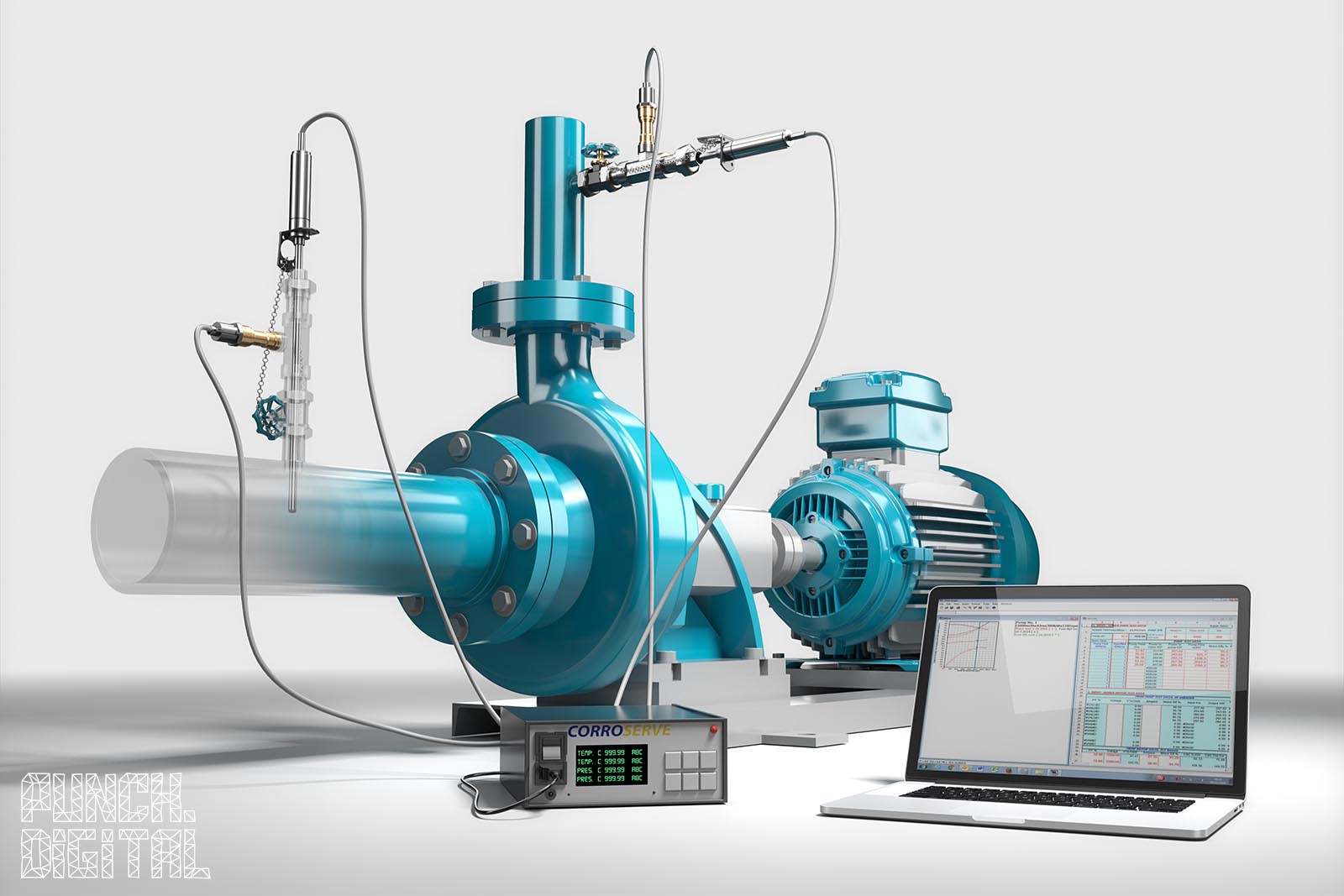A fire hose nozzle attaches to the end of a fire hose and controls how much water is released. They come in a variety of sizes, styles and materials to meet your specific needs.
The size of the nozzle’s opening determines its flow rate and pattern. Nozzles with a fixed size can be obstructed by debris or other items.Flow RateFlow is one of the most important factors in choosing fire nozzles. A nozzle with too little flow can create a tickling stream that cannot reach the fire or penetrate it. Conversely, a nozzle with too much flow can make the water erratic and difficult to control.Conventional smooth-bore nozzles provide a solid stream with a compact water pattern that is ideal for reaching the fire and penetrating to the seat of the fire. However, this solid stream can absorb too much heat and reduce efficiency.A new type of fire hose nozzle, called the Task Force Tips Metro 1 (shown in the video above), is designed to maintain various water flows at certain pressures to ensure that firefighters can reach even hard-to-reach areas. It also includes a fog mode to activate when water needs to be used for other purposes, like cooling the area or improving visibility. It also features a pressure relief feature that limits reaction force when the flow rate increases above 160 or 150 gallons per minute (gpm). This allows firefighters to handle higher flows and achieve better performance with less wear on hose lines and firefighters.PressureThe nozzle on the end of your fire hose is one of your most important tools for fighting fires. Not only does it determine how far your stream reaches and how well it penetrates materials on fire, but it can also impact forcible entry operations by creating air currents that help clear the way through smoke and heat.Nozzles must be tested to withstand high levels of pressure. They are subjected to hydrostatic pressure tests, which pressurize the nozzle up to three times its rated discharge pressure.When selecting a fire nozzle, it’s important to consider the engine pressure you have available and how that might change over time based on hose lays and other factors. Using a nozzle with low operating pressures minimizes the pressure on your pump and helps prevent wear and tear on hoses. It also allows for a versatile flow rate and enables you to achieve the rated gallonage at lower operating pressures.MaterialFirefighters use nozzles to create a stream of water or other fire-extinguishing substance. Nozzles have a variety of functions, including controlling the size and shape of the flow. They also help to provide reach and directing the water flow.Fire hose nozzles are made from a range of materials to ensure that they can handle different conditions and situations. Nozzles must undergo a number of tests to ensure that they can withstand rough handling and high and low temperatures.Nozzles can have different firefighting spray patterns, such as straight streams or fog spray. Fog nozzles break the water into small droplets that can be more effective than a straight stream at dispersing and cooling the fire. The smaller droplets allow the water to absorb heat, turn into steam, and displace oxygen, smothering the fire. They are ideal for reducing the amount of water needed to extinguish a fire. Constant gallonage nozzles have one fixed orifice that guarantees consistent water flow rates regardless of the nozzle pattern.ThreadsWhether you’re buying new fire hoses or replacing nozzles, it’s important to understand the threading standards that are used in your region. Look at the couplings on both ends of your fire hose to find lettering that indicates the thread type. Letters like NH or NST indicate that the threading is National Hose Thread, while NPSH indicates it’s National Pipe Straight Hose Thread.NPT threads are compatible with NH and NPSH threads, so you can use a male NPT coupling on a female NH or NPSH hose. However, NPT threads don’t taper, so you can’t create a permanent connection with a female NH coupling.Local variations in FDC and fire hose thread standards persist today, so you may have to buy a few types of adapters to be able to connect different couplings together. These specialized adapters allow you to make quick connections without the need for a wrench or any tools. They also help prevent damage to the threads and seals in the process.

